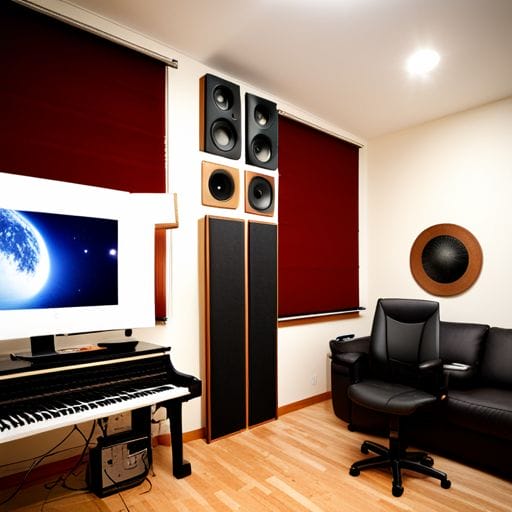How to Build Your Own DIY Acoustic Panels

Can PAA technology be incorporated in DIY acoustic panels for better sound absorption?
Are you tired of the excessive echo in your home studio or media room? A well-placed acoustic panel can dramatically reduce unwanted noise, improve sound clarity, and enhance your listening experience. Instead of shelling out hundreds of dollars for prefabricated options, why not undertake a cost-effective DIY project, tailored specifically to your needs and space? Below, we break down the steps for creating your own acoustic panels.
Materials Needed
- Wood (We recommend lightweight, sturdy options such as pine or poplar.)
- Sprayed adhesive
- Acoustic foam or mineral wool insulation
- Acoustic fabric (Avoid stretchable material for best results.)
- Staple gun and staples
- Saw or power cutter
- Measuring tape
- Screwdriver and screws (for wall mounting)
Step By Step Guide
Step 1: Frame Construction
Begin by cutting your wood into four pieces to construct a square or rectangular frame. The frame’s size should ideally coincide with your acoustic foam or insulation dimensions to minimize tweaks later on.
Step 2: Assemble the Frame
Use screws or nails to secure the corners of your frame, ensuring they’re set at right angles for stability.
Step 3: Insert the Insulation
Spray the inner rim lightly with adhesive and carefully fit in the acoustic foam or insulation. Ensure there’s no bulging or contraction occurring as it may lessen the panel’s performance.
Step 4: Add Covering
Lay your frame, insulating side down, onto the fabric. Ensure there’s enough fabric to wrap around the sides. Use a staple gun to secure the fabric onto the back of the frame—take care to distribute the staples evenly for a professional look. Trim any excess fabric for a clean finish.
Step 5: Hang Your Panels
Once your panels are complete, decide where to hang them. Keep in mind that placing them in corners or hard surfaces can drastically reduce echo.
Conclusion
Building your own DIY acoustic panels can be a rewarding project that not only enhances your sound experience but also adds a personal touch to your room décor. Remember, the key to success lies in precision, right material choices, and patient execution. Happy DIY-ing!
